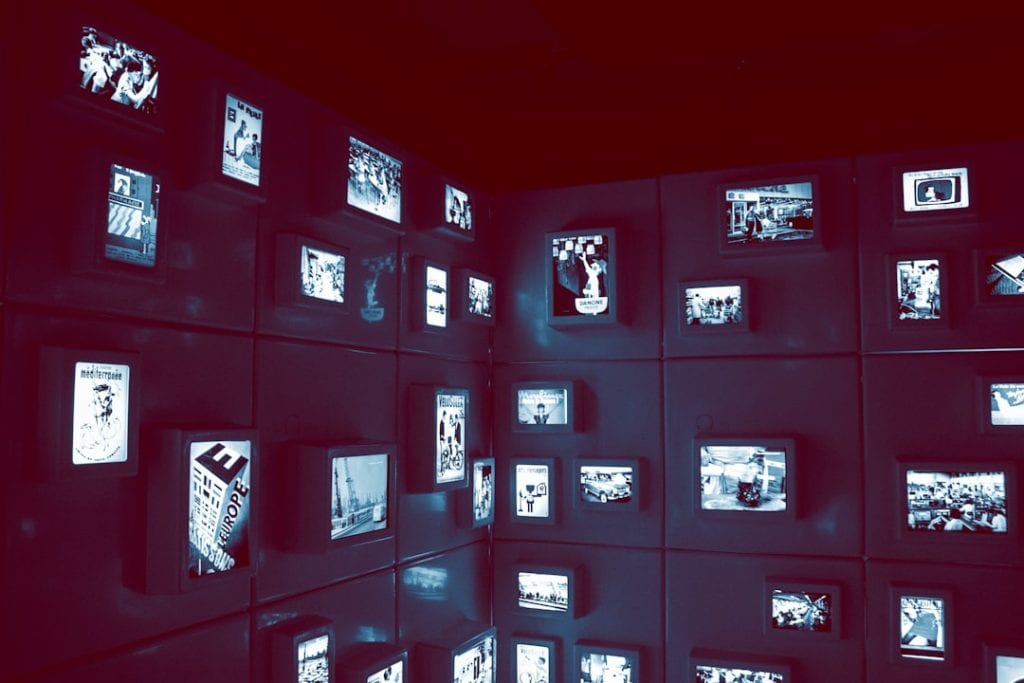In the ever-evolving world of artificial intelligence, the capabilities of machines to mimic human creativity have taken a significant leap. One fascinating development is AI’s ability to generate artistic pieces, including digital collages. While traditionally a collage involves cutting and assembling various images or materials to create a new, often abstract, piece of art, AI has brought a new level of innovation to this classic medium.
Artificial intelligence-powered tools can now gather, analyze, and creatively combine visual elements, making the process of collage creation faster and in some cases, more imaginative than ever before. But how exactly does AI manage to perform such a creative task, and what does the future hold for this technology?
How AI Creates a Collage
AI generates collages using a mix of machine learning, image recognition, and generative modeling techniques. These systems are trained on vast datasets of images, textures, and artistic styles. Once trained, the AI can intelligently piece together different image assets to form a cohesive or intentionally abstract artwork, often guided by user input or algorithmic prompts.
Some of the AI models utilize methodologies such as:
- Generative Adversarial Networks (GANs) – These create realistic visuals by pitting two neural networks against each other: one generates images, and the other evaluates them for authenticity.
- Style Transfer – This technique allows AI to overlay a stylistic pattern onto a collage, mimicking specific art forms like impressionism, cubism, or pop art.
- Image Clustering and Segmentation – AI can identify significant elements within a batch of images, extract them, and combine them in a visually compelling way.
Customization and User Control
One of the compelling aspects of AI-generated collage art is the level of customization possible. Users no longer need advanced design software skills to create complex, layered visuals. Modern AI tools often offer drag-and-drop features, prompt-based generation, and even voice commands to direct the collage-making process. These tools can range from mobile apps to web platforms infused with deep learning capabilities.
Some tools even allow:
- Automatic image selection based on keywords or themes
- Style blending between multiple art genres
- Real-time editing and layering options
The result is a blend of user creativity and machine precision, opening new doors for artists, marketers, and educators alike.
Applications in Real Life
AI-generated collages are finding applications beyond pure art. In education, for example, teachers create engaging visual aids using thematic collage generators. In marketing, brands use AI to create attention-grabbing content in seconds—improving visual storytelling and campaign effectiveness.
Even in the fashion and interior design industries, AI collages help visualize mood boards and concept boards quicker than traditional methods. Musicians and authors are also jumping on board, using AI collages for album covers and book illustrations, respectively.
Limitations and Ethical Considerations
While the technology is impressive, it comes with challenges. One major concern is copyright infringement. Since AI pulls images from various datasets, sometimes those source materials are copyrighted, leading to legal and ethical concerns.
Another issue is the lack of human judgment. AI may not always understand cultural or social nuances, potentially leading to inappropriate or insensitive collages. Thus, human oversight and guidance are vital, especially for public-facing or commercial works.
Conclusion
In summary, the question of whether AI can generate a collage is met with a resounding yes. By blending vast data with intelligent modeling, AI not only creates collages but also redefines the way we think about digital art and automation. The key lies in leveraging this technology responsibly and creatively to push artistic and professional boundaries.
Frequently Asked Questions (FAQ)
- Can AI create personalized collages?
Yes, many tools allow users to input preferences such as colors, styles, and subjects for a custom result. - Do I need coding skills to use AI collage tools?
Not at all. Most available platforms are user-friendly and designed for non-technical users. - Is AI-generated art copyrighted?
This depends on the tool used and the images sourced. Some tools use royalty-free databases; others do not. Always check usage rights before sharing or selling. - Can AI collages be printed or used commercially?
Absolutely, as long as there are no copyright violations, AI-generated collages can be used in prints, merchandise, and commercial projects. - Which tools are best for AI collage creation?
Some popular names include Canva’s AI features, Artbreeder, and Adobe Firefly. Each offers unique features and styles.
